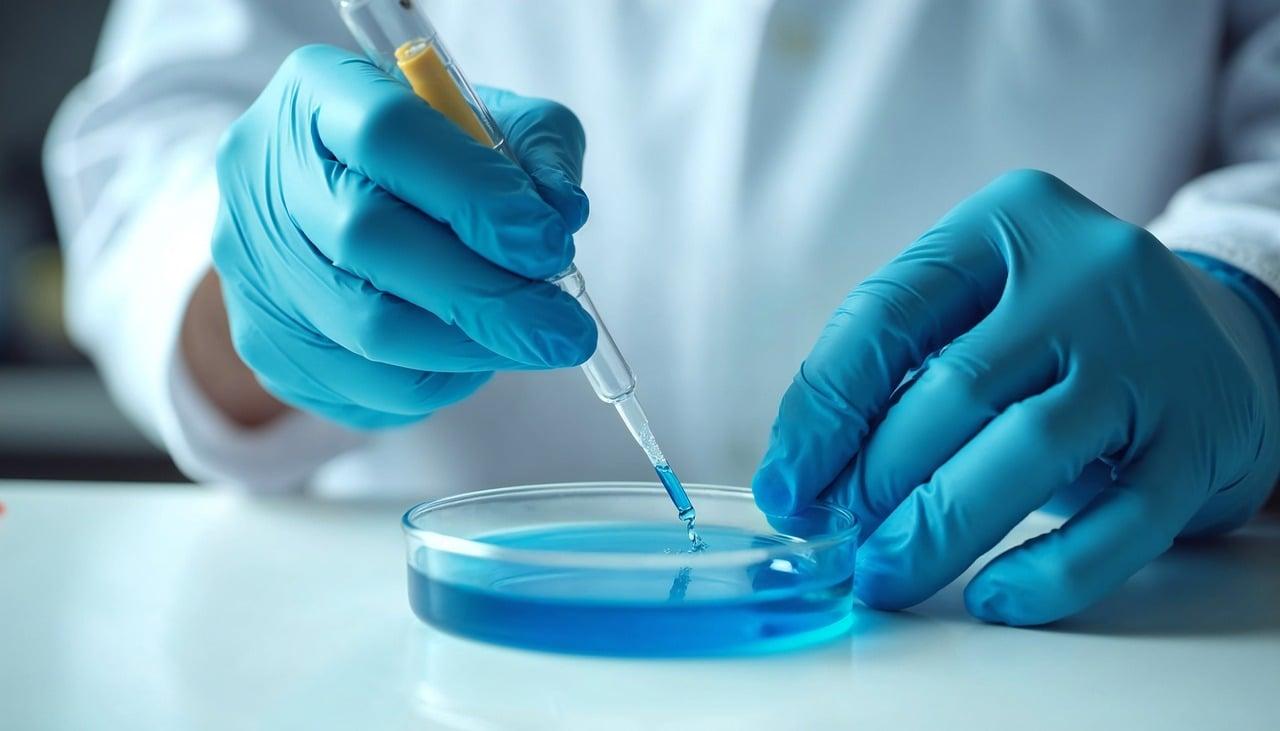



Introduction
Molecular diagnostics uses human saliva, tissue, blood, feces, urine, and other samples to detect disease-related markers and provides experimental diagnostic results for medical professionals in disease prevention, screening, diagnosis, stratification, prognosis, and efficacy monitoring. In 2023, all regions noted declines impacted by decreased COVID-19 according to the statistics from IQVIA. The global sales of molecular diagnosis products reached US$10 billion.
Infectious diseases, genetic diseases, and tumors are the most widely used types of diseases in molecular diagnosis because these three kinds of diseases are related to changes in nucleic acid levels.
Infectious diseases are diseases caused by pathogens that invade human tissues and begin to multiply and damage human cells and tissues. The reproduction of pathogens is bound to be accompanied by the amplification of their genomes in the body. As the invasion of exogenous nucleic acids, the pathogen genome is the best marker to distinguish between disease and health. Because the sensitivity and specificity of molecular diagnostic technology are higher than traditional immunological methods and culture methods, it has become a diagnostic method for some infectious diseases and is more and more widely used in clinical practice.
Genetic diseases are caused by congenital endogenous nucleic acid mutation, including monogenic genetic diseases, chromosomal diseases, polygenic genetic diseases, and mitochondrial diseases. The diagnosis of genetic diseases mainly depends on clarifying the correlation between pathogenic gene mutations and diseases. At present, molecular diagnostic reagents are often used in the field of genetic diseases if the association of the analyte to a clinical condition or physiological state is well established. At present, ClinVar, a genetic disease genotype, and phenotype database have collected more than 825,000 records, but most of them need to be verified by further clinical studies.
The occurrence of tumors is often related to the mutations of human susceptibility genes. The application of molecular diagnosis in the field of tumors is mainly due to the emergence of a large number of tumor-targeted drugs. The targeted drugs mainly target the mutated tumor-driving genes. Due to the variation of driving gene mutations in different populations, the use of targeted drugs must be accompanied by the diagnosis of driving gene mutation to identify patients who are most likely to benefit from the corresponding drugs. At the same time, the research results of some tumor markers also promote the application of molecular diagnosis in the field of tumor screening and diagnosis, such as the correlation between human papillomavirus and cervical cancer.
In addition, molecular diagnosis can be used to detect drug metabolic enzymes and drug target genes including the metabolism, transport, and action of drugs in vivo. The genetic mutation and expression level of target-related genes can affect the concentration and target sensitivity of drugs, resulting in differences in individual drug responsiveness. Pharmacogenomics has become an important tool to guide clinical individualized drug use, assess the risk of serious adverse reactions, guide new drug research and development, and evaluate new drugs. The Food and Drug Administration (FDA) has approved the addition of drug genome information to the drug labels of more than 140 drugs. Molecular detection of drug response-related genes and their expression products is the premise of individualized drug therapy.
In addition to the study of disease and drug-related nucleic acid markers, the rapid development of molecular diagnosis also benefits from the rapid development of molecular biotechnology. At present, fluorescent PCR is still the most commonly used technology for molecular diagnosis. It has high sensitivity and specificity, relatively simple operation, and short detection time. The use of other technologies has also enriched the application scenarios of molecular diagnosis. For example, high-throughput sequencing technology is applicable for the simultaneous detection of hundreds to thousands of targets, digital PCR technology can meet the needs of accurate quantification, isothermal amplification technology can be used in point-of-care testing (POCT) and non-laboratory environments, capillary electrophoresis technology can distinguish the length of fragments, and fluorescence in situ hybridization (FISH) technology can realize in situ detection on tissues.